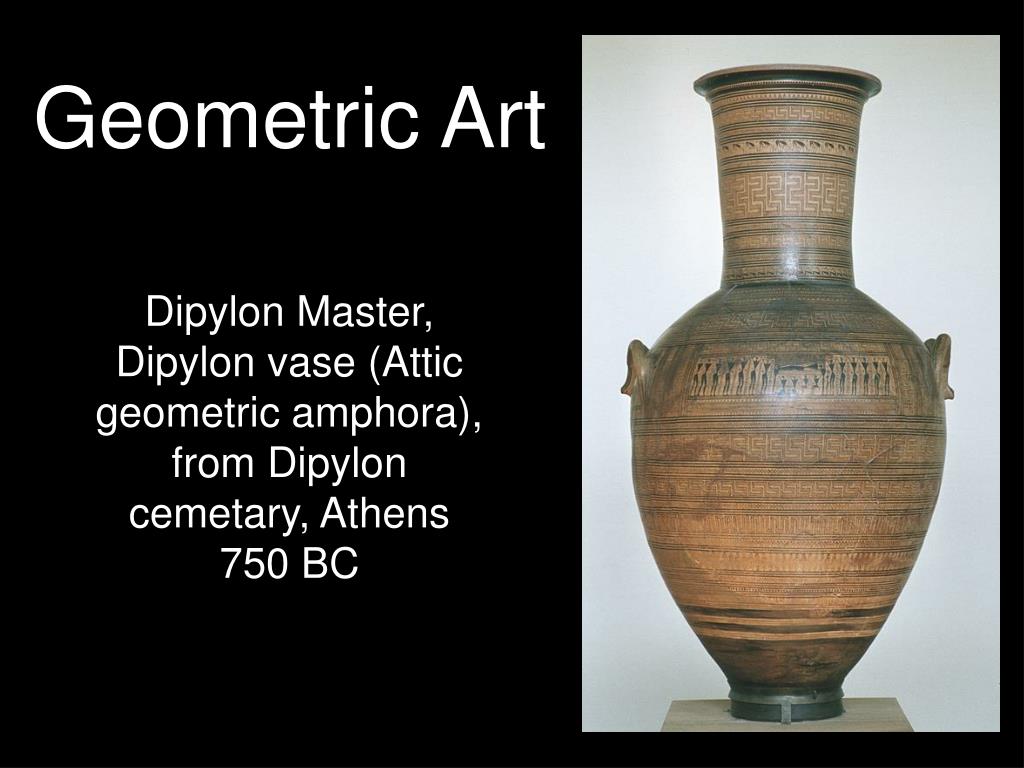
The visitor stepped off the Manhattan streets into a darkened, otherworldly space. Nearly a decade ago, when I started dropping by, the school was smaller, located on the ground floor of Collins’s Upper East Side carriage house (itself once the headquarters of a then-traditional school called the Sculpture Center). The Long Island City headquarters is an outgrowth of the master-apprentice tutoring that Collins has been leading in increasingly large settings for years, expanding as his students graduate to become teachers in the programs themselves. At 12,500 square feet, the Grand Central Atelier is an art school, an art incubator, and an artist clubhouse for at least 50 painters who have come out of Collins’s intense multiyear program over the past two decades, along with hundreds of students who now flock to his classes and workshops. Collins opens his doors to those who feel the same.Ī year and a half ago, Collins opened his biggest campus in a converted warehouse on 11th Street and 46th Avenue in Long Island City-just a block from the Museum of Modern Art satellite PS1, he enjoys pointing out. The stories surrounding Jacob Collins all tend to go like this: a young artist, lonesome in a love for pre-modernist painting, stumbles upon Collins, who has built a life out of the premise that the twentieth century nearly ruined art. Few know about their Freedom Tunnel past. Minoff specializes in seascapes Curanaj incorporates his old spray-paint mask into meticulous trompe l’oeil on board.

Today, Curanaj and Minoff dedicate their lives to teaching and exhibiting alongside Collins as classical painters.

They soon quit their commercial jobs and left graffiti behind to paint with Collins full-time. Curanaj and Minoff enrolled, and within a year, they had started frequenting Collins’s home in Brooklyn. Word spread that a young teacher named Jacob Collins was reclaiming the lost secrets of paint on canvas and taking in the most promising students for private study. Then, in the mid-1990s, Curanaj heard about a night class at the National Academy of Art on the Upper East Side. “We were both really interested in Prud’hon.” Over the next few years, Minoff and Curanaj cemented their street reputations as members of a graffiti gang called the DF Crew, while both took day jobs illustrating at MTV. They rattled through the classical pantheon: “Van Dyke, Rubens, Leonardo, Rembrandt, Titian,” recalls Minoff. “It came out that we were both copying Michelangelo drawings when we were 11,” says Minoff. To his surprise, Curanaj said that he loved Michelangelo, too. “I was like, ‘I love Michelangelo,’ ” Minoff remembers saying. Their conversation drifted to a backpacking trip through Europe. On a cold day in Freedom Tunnel, Minoff met Tony Curanaj, another graffiti tagger, known as Sub. Minoff, like others, called the tunnel after one of its graffitists, Chris Pape, who was known as “Freedom,” but also for the freedom that came with its obscurity.

Two decades ago, whenever he felt like escaping class work at Tisch, Ted Minoff tossed his spray cans into a backpack and made for the tunnel by jumping the ballfield fence on 72nd Street. Robert Moses covered over the Hudson River tracks in the 1930s with a public works project twice as expensive as the Hoover Dam, but he never imagined the massive graffiti gallery that would go up inside it, an epic blight to those who glimpse it through train windows.

At 72nd Street, the passenger train appears momentarily through a chain-link fence, under the ruins of the elevated West Side Highway, before returning underground, entering a tunnel that runs more than two miles beneath Riverside Park to 123rd Street. The Lake Shore Limited comes up fast in Freedom Tunnel, racing up Manhattan from Pennsylvania Station along the old trackways of the Hudson River Railroad toward the Empire Connection, then on to Spuyten Duyvil and points north and west-Albany and Chicago.


 0 kommentar(er)
0 kommentar(er)
